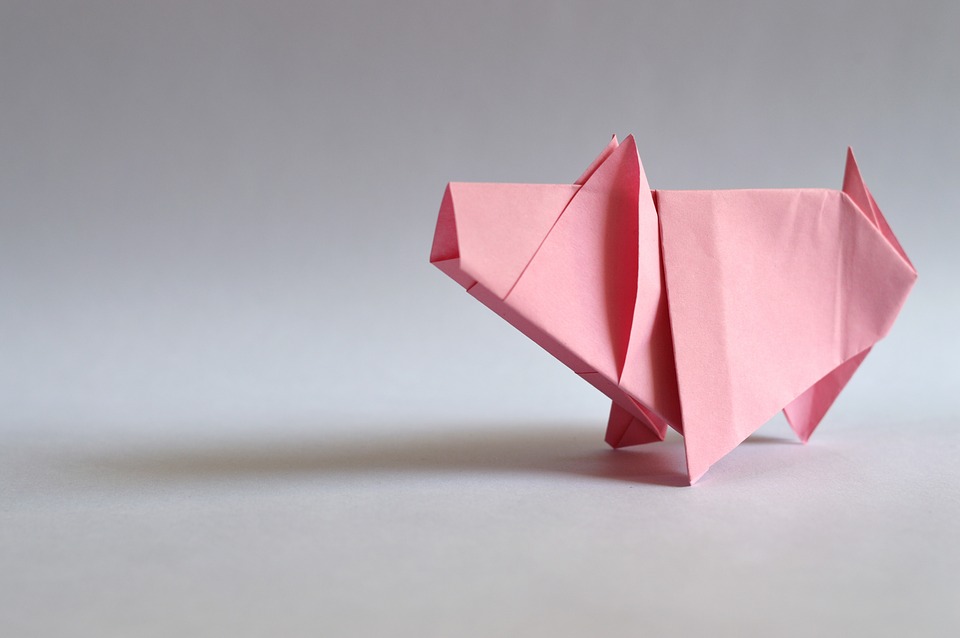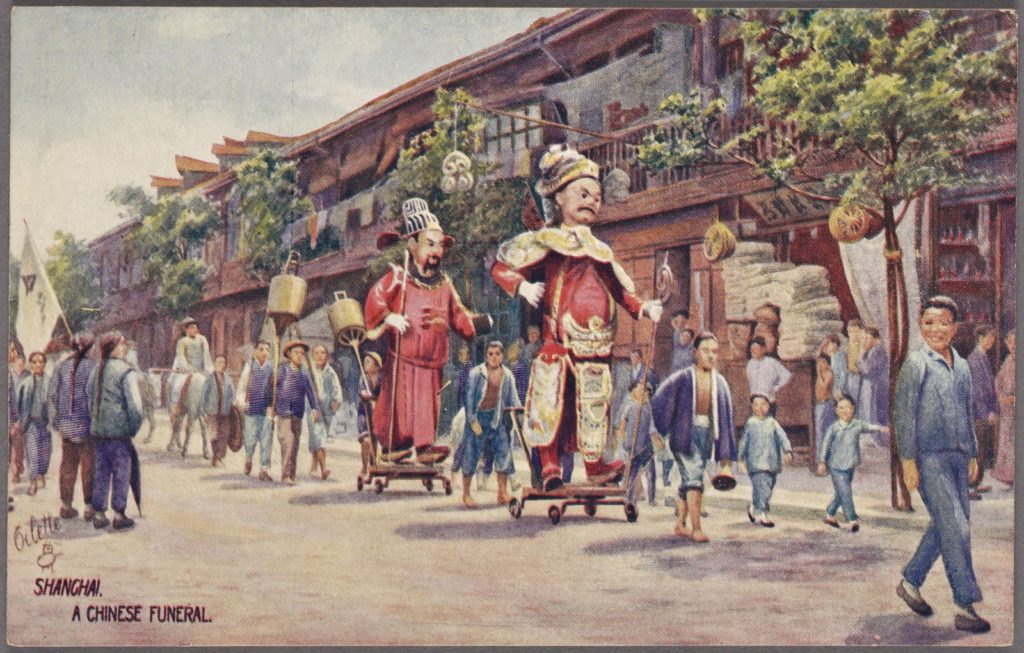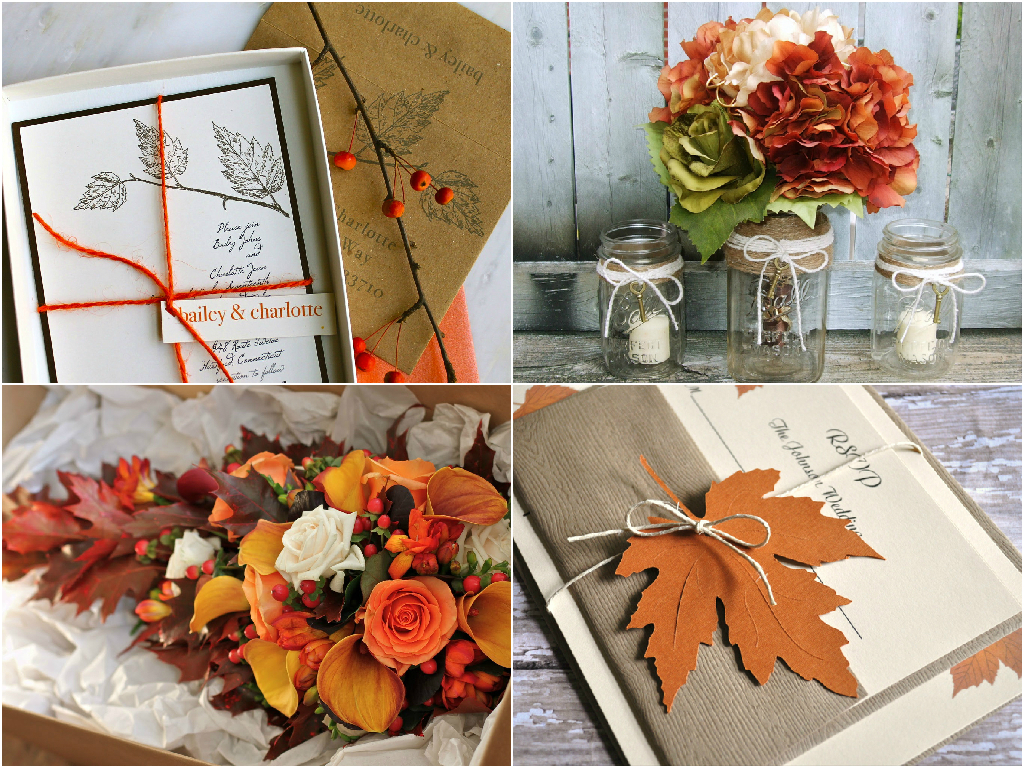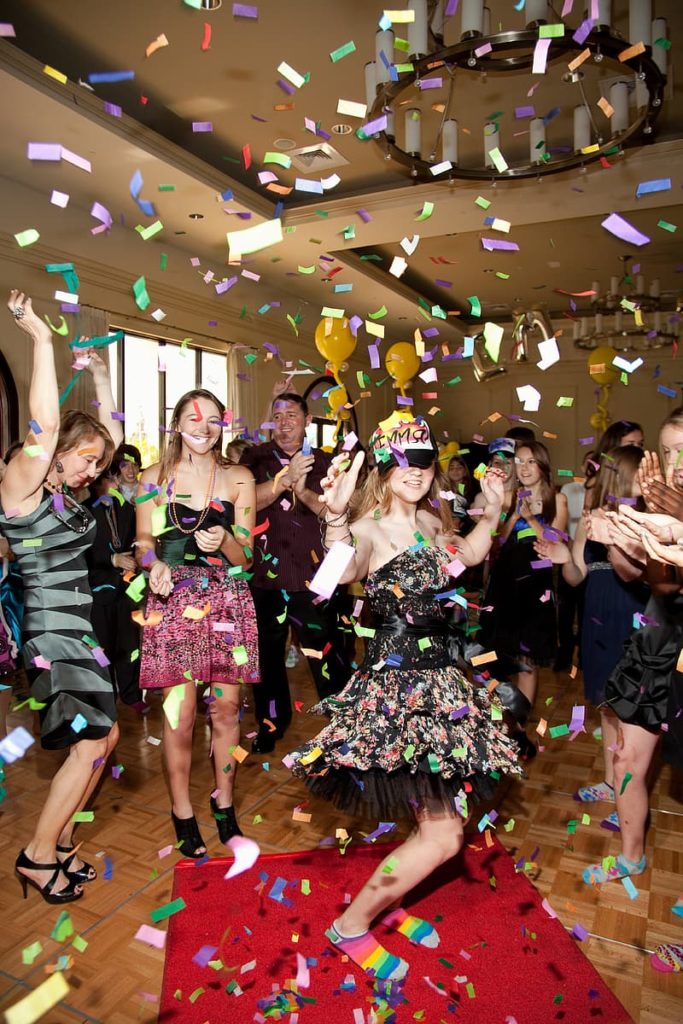Celebrated each year per the traditional Chinese calendar, the Chinese New Year is a festival that marks the beginning of a new year. It is one of the most important festivals celebrated by over 20 % of the entire world.
Here’s a rundown of some of the essential Chinese New Year decorations!
Chinese Red Lanterns

Nowadays, Chinese red lanterns have become one of the most famous Chinese cultural symbols and are necessary decorations for nearly all Chinese festivals. It is not uncommon during the Chinese New Year to see red lanterns hung in the streets, office buildings, shops, parks, and houses.
Did you know that the colour red plays an essential role in China? According to Chinese culture, red symbolizes success, fame, loyalty, honour, happiness and love. Therefore, it is not surprising that the Chinese lanterns used during the Spring Festival are red.
Moreover, as the legend goes, there used to be a horrific beast called Nian that used to live under the sea or in the mountains and used to terrorize a whole village. However, when the villagers discovered that the monster was afraid of the colour red, they hung red lanterns on their windows and doors, which would scare away the monster. As a result, it was believed that Chinese red lanterns could drive off bad luck in the same manner that they chased away the beast.
Door Couplets

Door couplets, also called Spring Festival Couplets, originated from the Song Dynasty and have a long history. Do you want to know the legend behind the door couplets?
According to Chinese myth, there used to be a big peach tree in the spirit realm and at dawn, every spirit was supposed to return there. Two gods, called Shentu and Yulei, used to guard the entrance and capture all the spirits that caused harm to people at night and fed them to tigers. As a result, people started to believe that peach trees could scare away evil spirits. So, they carved the two gods’ names into tablets made from peach trees and hung them in front of their doors.
Nowadays, door couplets are placed during the Chinese new year’s season and are always written on red paper in black ink. However, there are strict requirements concerning the writing of the couplets – both lines must be neat and written in the same number of characters, the tone pattern of one line should represent the inverse of the second one and both sentences should have similar meanings. Most people like to write a new year’s good wishes or numbers connected with good luck or happiness for the content. Some can even include poems.
Paper Cuttings

In Chinese culture, paper cutting is a folk art where designs are cut out from red paper and then glued on windows and doors. This is an ancient practice carried out by people from Northern and Central China.
One of the designs used for the paper cutting is the double happiness symbol. The double happiness symbol is a traditional Chinese symbol that dates back to the Tang Dynasty and which has always been considered as one of the most famous good luck charms in Chinese culture. It consists of two copies of the Chinese character, “Xi,” which means happiness. Other good-luck characters used are the “Fu”, “Lu” and “Shou.”
Moreover, the themes of the paper cuttings can be based on some auspicious plants or animals. For instance, orchids represent love and fortune, peonies represent beauty and wealth, while the lotus symbolizes sincerity and purity.
Chinese New Year Paintings

Another traditional Chinese New Year decoration is the Chinese New Year painting. These paintings usually contain both artistic and historic meanings and people use them to express their wishes for the new year. They are known for their bright colours and representation of different gods and auspicious plants and animals.
Upside-Down Fu Characters

In the Chinese culture, the “Fu” character represents “good luck” and “fortune.” However, what’s interesting is that people choose to stick it upside down on their doors and windows for the Chinese New Year as they believe that doing so would cause good fortune to descend on their house literally.
However, some believe that there is a funny story behind this tradition. It all began when a prince’s servants were decorating the palace for the holidays by placing the “Fu” characters on all the doors. However, as they were illiterate, they ended up pasting the characters upside down. On his return, the prince was so furious and asked the servant the reason behind their carelessness. Guess what one of the servants said?
“Your Highness, this was done so as good fortune could descend on you and your palace,” said one servant.
So, what do you think about these decorations? Please share your comments and don’t forget to come back for part 2!




